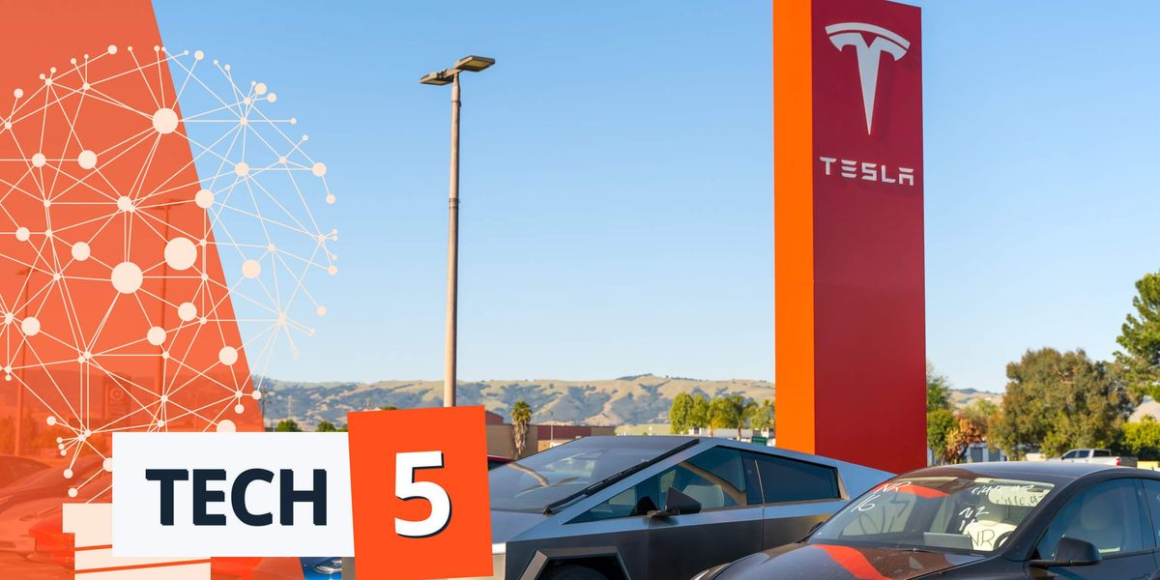Uncertainty has continued in September after August left investors scratching their heads.
Stay informed on the latest developments in the tech world with the Investing News Network’s round-up.
US markets began the week with their biggest daily percentage declines since the August 5 rout.
Thursday’s (September 5) economic data readings out of the US and Canada were a mixed bag.
Traders were optimistic ahead of Friday’s (September 6) much-anticipated non-farm payrolls report, the US Federal Reserve’s preferred measure of economic health. The major indexes opened slightly ahead, then dropped after the report showed 142,000 new jobs were added instead of the estimated 160,000; there was also a 0.1 percent decrease in the unemployment rate from 4.3 percent in July. The VIX edged above 22 as worried the economy’s resilience may be waning and that it could struggle to stay afloat until interest rate relief arrives.
The data paints a complex picture of the health of the economy on both sides of the border.
The crypto market has been facing challenges since the August 5 rout due to a combination of factors, including investor sentiment, regulatory uncertainty, and macroeconomic conditions. Bitcoin and Ether have experienced recent declines, down 4.2 percent and 6.5 percent, respectively, over the past 7 days as of Friday afternoon.
Ether has not fared much better, brought down in part by declining activity on the Ethereum mainnet. Ether ETFs have also failed to live up to their expectations.
The recent price action of Bitcoin and Ether reflects a cautious market sentiment. Concerns about a potential US recession are leading investors to reduce their exposure to riskier assets like cryptocurrencies. While there have been brief rallies, the overall trend remains downward, suggesting a “sell-on-rise” mentality among investors.
Adjusted earnings per share also exceeded expectations, coming in at US$1.24, US$0.02 better than the estimate. The company’s board approved a quarterly cash dividend of US$0.53 per share to be paid on September 30.
Looking forward to the next quarter, Broadcom has set its revenue guidance at about US$14 billion. Although that’s 51 percent higher than the year-ago period, the figure fell short of the US$14.13 billion anticipated by experts.
The company’s share price slid by 6.52 percent after Thursday’s close, opening on Friday with a valuation of US$142.86, demonstrating how incredibly high the bar has been set for AI companies.
Elon Musk’s Tesla got a share price boost this week, creating momentum for a company that has lost over 15 percent of its market value year-to-date. While Tesla has encountered problems with its full self-driving technology in the US — including several investigations from the National Highway Traffic Safety Administration — the company teased this week that full self-driving will be coming to Europe and China in the first quarter of 2025.
Tesla saw a 6.52 percent bump in its share price on Thursday morning, rising to US$234.08 from the previous day’s close, its highest level since July 31. Shares declined from there, closing the week at US$210.73, up 0.97 percent.
CEO Pat Gelsinger is expected to present a plan to Intel investors later in September. Options reportedly being considered include separating its product business from its manufacturing unit and scrapping some factory projects.
Intel fell 2.63 percent on Friday to finish the week at US$18.89.
Securities Disclosure: I, Meagen Seatter, hold no direct investment interest in any company mentioned in this article.


Leave a Reply